WAGER
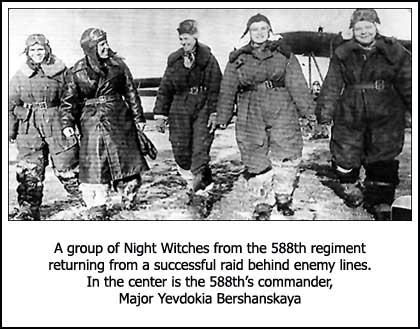
War
The Bell P-59 Airacomet was the first jet-powered military aircraft for the Unites States of America when it was launched in the early 1940s. The existence of jet technology was supposed to be so secret that whenever they were on the ground, P-59s were fitted with fake wooden propellers. The uniform of the personnel and pilots associated with P-59s included bowler hats. One of the pilots, Jack Woolams is known to have flown a P-59 wearing a gorilla costume with a cigar protruding from the mouth, apart from the bowler hat. Why do you think the pilots were made to dress this way?
This was because the P-59 pilots, when mingling with the P-58 pilots in the local watering hole, would brag about driving propellerless aircrafts and would promptly be branded as liars. The uniform put all speculation to rest. For no one would ever admit to having seen a gorilla wearing a bowler hat and smoking a cigar expertly maneuvering a propellerless aircraft, lest he be considered a total crackpot!
If the P-59s had some of the most advanced technology of its time, the Soviet PO-2 was arguably one of the worst airplanes of World War I. The Russians were among the first to allow women to fight in the war (probably because a lot of men had died already). Some of them became combat pilots for the 586th regiment and were asked to fly whatever was left. All the good aircrafts had already been taken by the male pilots, with only the very slow PO-2 left. But these clever airbombers were so successful that they got themselves the moniker Night Witches. German pilots were promised the coveted Iron Cross for shooting just one Night Witch. Why do you think they were so successful ?
The Po-2 was so slow that the maximum speed of the Po-2 was lower than the minimum speed of the German planes. Because of the slow speed and hence more maneuverability, the brave pilots of the Po-2 would make sharp turns at speeds that were much slower than the minimum stalling speed of the German Me-109 due to which the ME-109s had little choice to but give up. Or fall off the sky.
Animals
A stork was found with an African spear through its neck in the German village of Klutz in 1822. This spotting was so important that the stork was preserved and can be seen in a museum even today. More importantly, it helped solve one of the biggest mysteries of that time. What’s all this fuss about seeing a stork, you may ask.
This is because scientists did not know what happened to all the birds during winter. Some suggested that the birds hibernate through winter. “Swallows certainly sleep in the winter. A number of them conglobulate together by flying around and round and then all in a heap throw themselves underwater and lie on the bed of the river”, believed one ornithologist. Some felt that the birds turned into other animals. But it was only after seeing a stork with an African arrow through it (the Pfeilstorch), did scientists consider the possibility of migration of birds to the South during winter. Remember that the birds had to fly all the way from central Africa to Germany with an arrow or a spear through them.
These storks would fly to Africa where they would meet their distant cousin – the Shoebill. Apart from frogs and fish and all the other normal stork-food, what do you think this big, blue bird eats?
Baby crocodiles! They also tend to hang around where hippopotamuses live, because a submerged hippo raises the water level and makes it much easier for these to catch Nile monitors, snakes and crocodiles.
Gender
Many might think that women first got the right to vote in the 1920s after the suffragist movement following the World War I. But a woman, Lily Maxwell of Manchester is known to have voted in the election of November 1867. She did not pretend to be a man or do anything of that sort. How do you think she did it?
According to legend, she just marched up to the polling station and told the polling officer that since she was a ratepayer and all ratepayers had the right to vote, she could vote. As Stephen Fry put it, in modern times, this is like a rabbit turning up at the voting station and wanting to vote. Apparently, many other women from Manchester were also interested to vote after Lily successfully did. The law was amended the next year itself with a clause saying that women weren’t to vote. This law was later challenged by Richard Pankhurst among several others.
But even before this, 8 of the original 13 US colonies gave women and even blacks voting rights during the 18th century! But this was repealed for a very strange reason in the 1810s. Can you guess what?
This was because the white mean turned up in blackface or drag and voted twice. The legislature noted that the number of people who voted was much more than the number of people eligible to vote and acted in what was thought to be the most logical way then.
Entertainment
If there’s one thing we remember about sport of the ‘70s and the ‘80s, it has to be the short shorts players wore. Watch any basketball match now, and you’ll notice that the players don’t wear these anymore – they wear longer and baggy shorts. Considering the reciprocal nature of fashion, you’ll expect the short shorts to be on their way back. But from what it looks like, mid-thigh shorts are not coming back any time soon. Do you know who started this trend of wearing baggy shorts?
Having had great memories in the University of North Carolina, Michael Jordan wanted to stay close to his roots even during his professional career. He decided to wear the practice shorts of his college basketball team underneath his Chicago Bulls uniform. The snug-fitting shorts of that time did not allow him to do it. In the 1989 season, Jordan was the only player wearing specially-tailored longer and wider shorts. Two seasons later, nobody was wearing short shorts.
Religion
There are temples in southern Karnataka which have a statue of Ranganatha(a form of Vishnu) on the temple’s main gateway even though the temple is not related to Ranganatha at all. This, as you might have guessed, was to make sure Tipu Sultan did not attack the temple.
Tipu, when young, was met by a Fakir who instructed him to destroy a Hanuman temple when he became king. Tipu did destroy the temple when he became Sultan, even though legend says that he instructed the Hindus to remove the idol first. Tipu Sultan attacked many Hindu establishments, destroyed priceless libraries, killed all the scholars in a Sanskrit conference in Melkote, destroyed temples if he thought people could see inside his palace or army camp from the temple tower, and was responsible for the forcible conversion of thousands. But he did not touch the temples of Ranganatha. In fact, museums record the donation of silver vessels to the Ranganatha temple in Srirangapatna, the capital of Tipu’s empire. Some say that Tipu’s battle cry was “Ranga” rather than “Allah”. It is because of this fondness of Ranganatha that some temples pretended to be Ranganatha temples. And Ranganatha is this month’s R-word.
This month’s wager: The computer vision course of Stanford and the graphics course of a few other universities use a certain renaissance painting as the standard picture on which algorithms are applied on and results discussed in the slides. I bet that you can’t tell me the reason this specific painting is used.
If you found this interesting, you might want to check out Clue.Club.Clan.








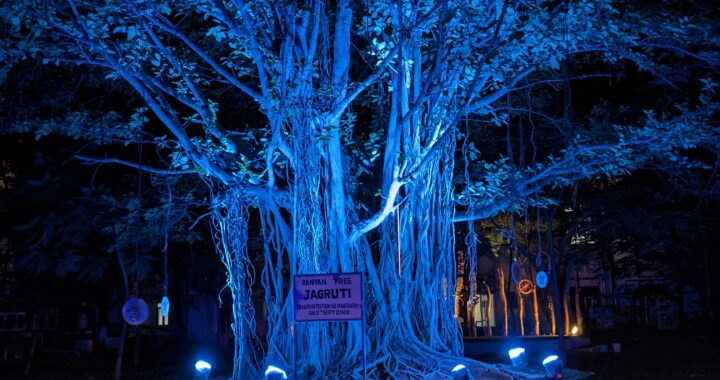 The Tale of Jagruti
The Tale of Jagruti 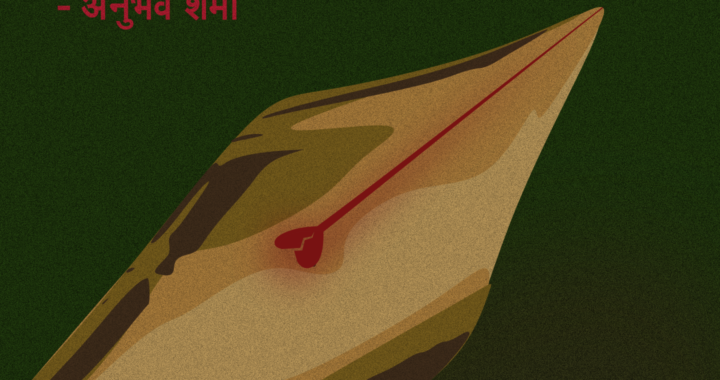 नई ख़ूबसूरती
नई ख़ूबसूरती 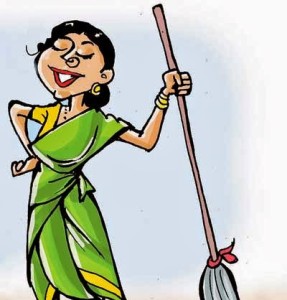 మా అన్నవరం
మా అన్నవరం  The Pain of Love
The Pain of Love  That Semester Of Turns
That Semester Of Turns  You Are What You Eat?
You Are What You Eat? 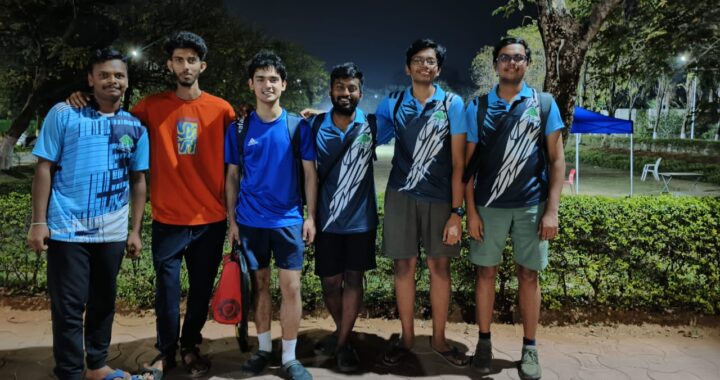 A perspective on sports in IIIT
A perspective on sports in IIIT 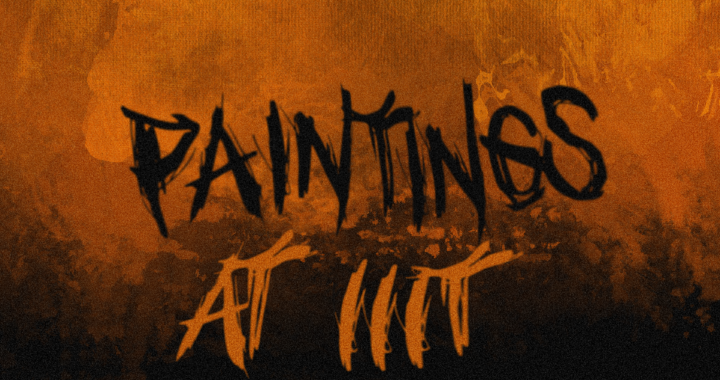 Paintings of IIIT
Paintings of IIIT 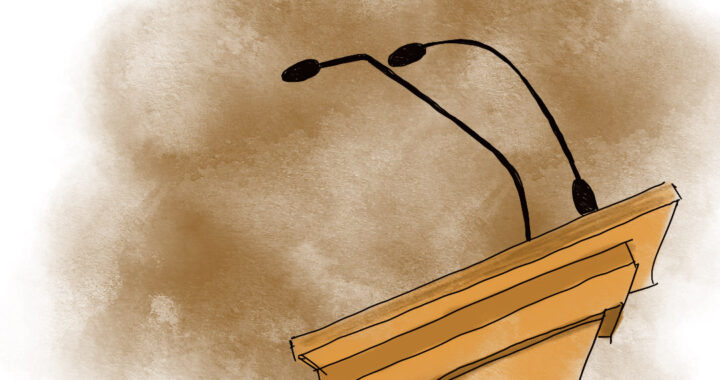 Cleaning up the Mess?
Cleaning up the Mess?